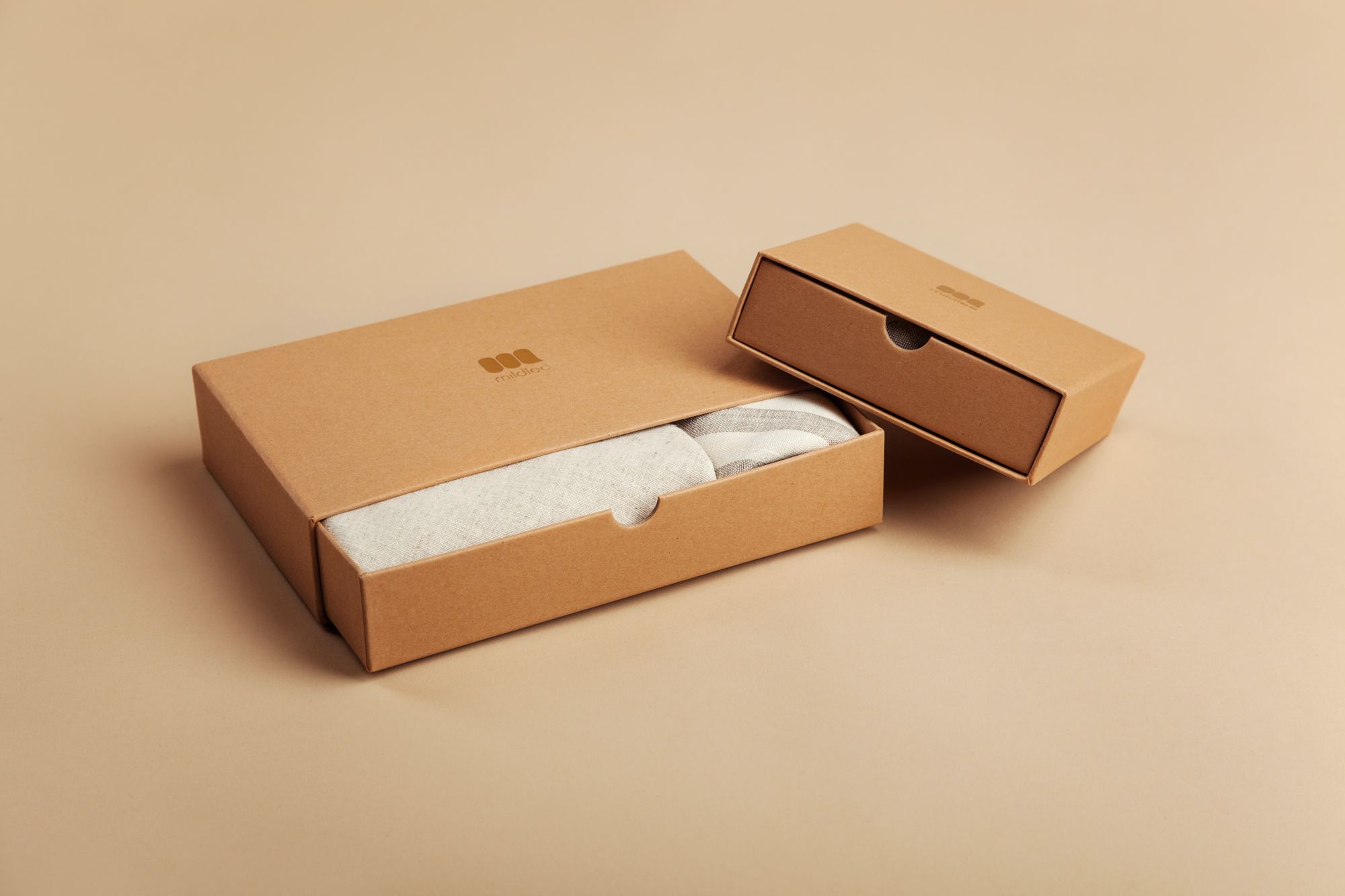Use-Driven Guide to Common Cardboard Boxes
Businesses across industries rely on various types of packaging to transport, display, and store products safely. When it comes to efficient and reliable packaging, Cardboard Boxes By Functionality are among the most widely used solutions. Their purpose-driven designs cater to specific tasks, making them suitable for logistics, retail, e-commerce, food service, and storage. This guide outlines the most common types of cardboard boxes based on their intended use, helping businesses select the right packaging to meet their specific needs.
Cardboard Boxes By Functionality in Shipping and Transport
When products need to be shipped over short or long distances, protective packaging becomes a critical part of logistics. Different styles of cardboard boxes are built to support the demands of movement, stacking, and handling without compromising the product inside.
Regular Slotted Cartons (RSC)
RSC boxes are one of the most widely recognized shipping boxes. All flaps have the same length, and the two outer flaps meet at the center when closed. These boxes are commonly used for shipping lightweight to medium-weight items, thanks to their efficient use of material and strong structural support. They are compatible with various sealing methods like tape or glue and work well with automated packing lines.
Double Wall and Triple Wall Boxes
For heavy or fragile items, standard single-wall corrugated boxes may not be enough. Double wall and triple wall boxes are made with two or three layers of corrugated fiberboard, offering greater strength and resistance to crushing. These are ideal for industrial products, bulk shipments, or items requiring added protection during transit. The extra layers help maintain box integrity even under pressure or long-term stacking.
Boxes Used for Product Presentation and Retail
Retail packaging serves more than a protective role; it also affects how a customer perceives the product. Certain box styles are specifically designed to display products attractively while still maintaining packaging efficiency.
Die-Cut Boxes
Die-cut boxes are manufactured using a custom die that shapes the box according to specific dimensions and styles. These boxes often feature unique openings, cut-out windows, and secure locks, making them suitable for retail shelves. They are typically used for cosmetic packaging, electronics, confectionery, and premium food items. The box shape, while protective, is also designed to catch attention.
Display Boxes
Display boxes are often used to present multiple products together in a way that encourages customer interaction. They are commonly seen at checkout counters or on display shelves for promotional or seasonal items. These boxes often have an open front or top, providing immediate visibility of the contents. They are designed for ease of access and visual merchandising, ideal for small packaged goods or promotional bundles.
Storage and Warehousing Uses of Cardboard Boxes
In storage environments, cardboard boxes help businesses manage inventory and maintain organization. These boxes are usually selected based on stacking ability, label visibility, and ease of access.
Archive and File Storage Boxes
These boxes are specially designed for document and file storage. They generally include lift-off lids and reinforced hand holes for easy handling. Archive boxes are widely used in office environments, schools, libraries, and records management facilities. They are sized to fit standard paper formats like A4 or legal and are often labeled for categorization and retrieval.
Stackable Storage Boxes
Stackable cardboard boxes are used in warehouses and stockrooms to store and manage various products. They are designed to hold shape under the weight of other boxes and often feature printed labels or barcodes for tracking. These boxes usually have reinforced bottoms and sides, ensuring structural integrity even when stacked high. Businesses favor them for bulk inventory and long-term storage.
Specialized Boxes for Food and E-Commerce Sectors
Food service and e-commerce both demand packaging that supports hygiene, branding, and protection from external elements. Certain cardboard boxes are tailored to suit these industry-specific requirements.
Food Takeaway Boxes
Food boxes made from food-grade cardboard are used in restaurants, bakeries, and catering services. These boxes are commonly coated or lined to resist grease and moisture, ensuring that food stays intact during transport. Popular examples include pizza boxes, sandwich boxes, and pastry boxes. These are often printed with branding and have locking tabs for secure closure without additional tape or glue.
E-Commerce Shipping Boxes
The rise of online shopping has led to an increase in demand for boxes suited for home delivery. E-commerce boxes are typically self-locking or feature peel-and-seal adhesive strips for ease of packing. Some include perforated tear strips for easy opening. These boxes are built to be durable enough for courier handling while also supporting branding efforts with printed messages or interior designs.
Eco-Friendly Considerations in Use-Driven Cardboard Boxes
With the global shift toward sustainability, businesses are increasingly choosing packaging options that reduce environmental impact. Many of the cardboard box types mentioned above are now available in recyclable, biodegradable, or FSC-certified versions.
Recyclable and Reusable Designs
Cardboard boxes made from recycled paper or designed for reuse support sustainability goals. Businesses use these options to reduce waste while still benefiting from the same strength and reliability. Boxes with removable or reclosable lids are particularly useful for reusability in storage or return shipping scenarios.
Minimalist and Waste-Reducing Structures
Certain box styles are engineered to use less material while still providing adequate protection. For example, mailer boxes and folding cartons may be designed with precise dimensions that minimize excess space and reduce void fill requirements. These efficient designs lower material consumption and shipping weight, leading to cost savings and reduced environmental footprint.

